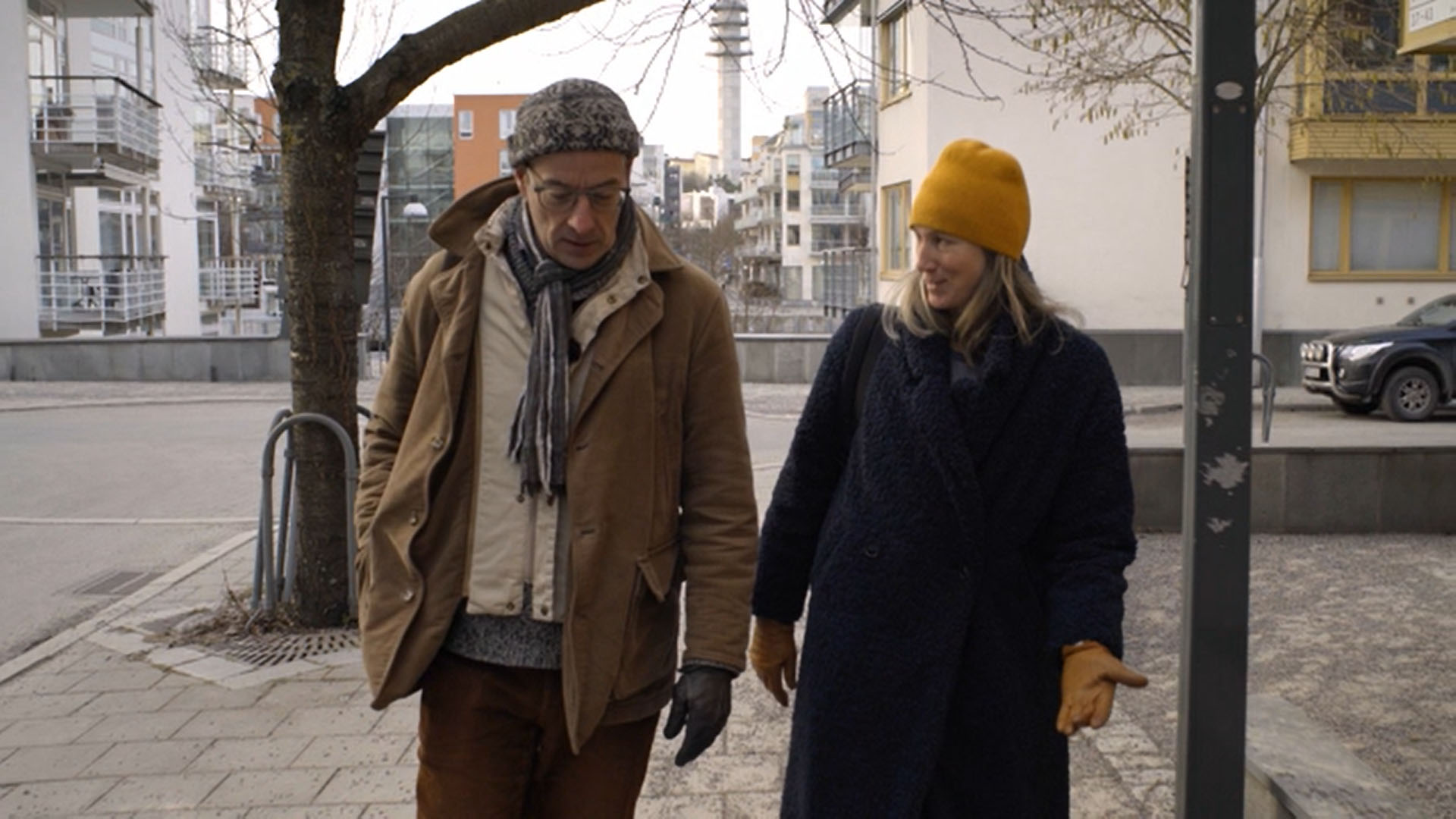The film An Other City is ready for distribution. It was filmed between 2016 and 2020. An Other City was made possible by generous contributions from the Jan Inghe-Hagström Memorial Foundation at the Royal Swedish Academy of Fine Arts; Stockholms byggnadsförening; the Stockholm City Planning Office; Sweco’s FFNS foundation for research, development, and education; the ARQ foundation for architectural research; Murmestareembetet; Einar Mattson AB; and the architecture firms of Lindberg Stenberg, Nyréns, Kod, Erséus, and Tengbom.
The film has be acknowledged at numerous film festivals worldwide, as the XV Istanbul Architecture and Urban Film Festival with 595 films from 75 countries, where it was awarded with the second prize. It has also been screened for educational purpouses at numerous planning departments.
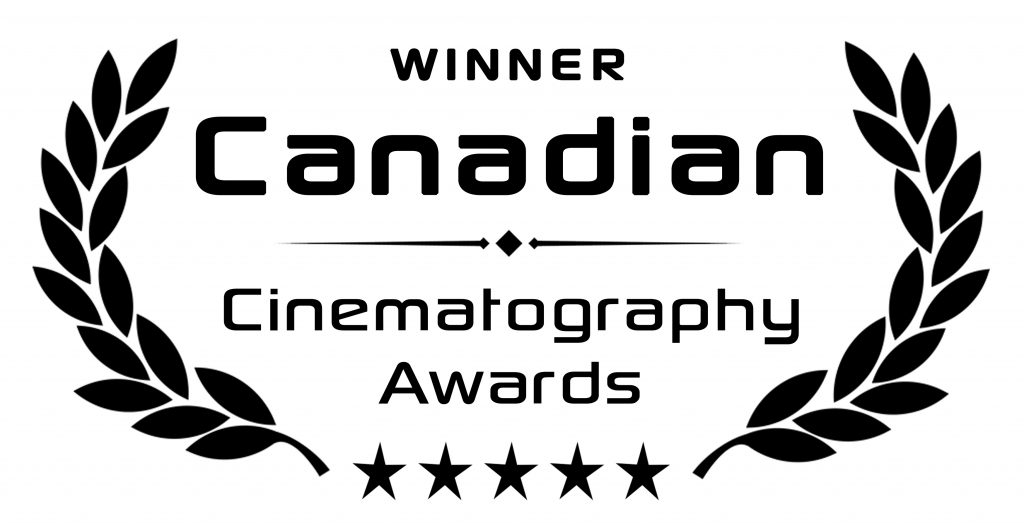

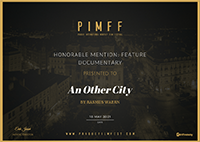

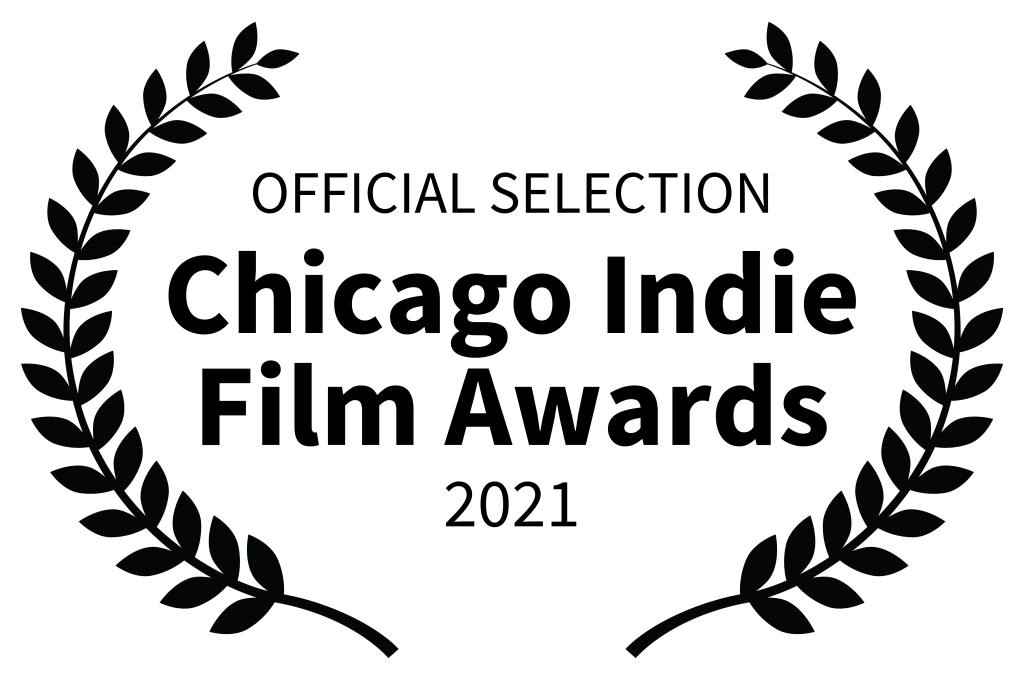
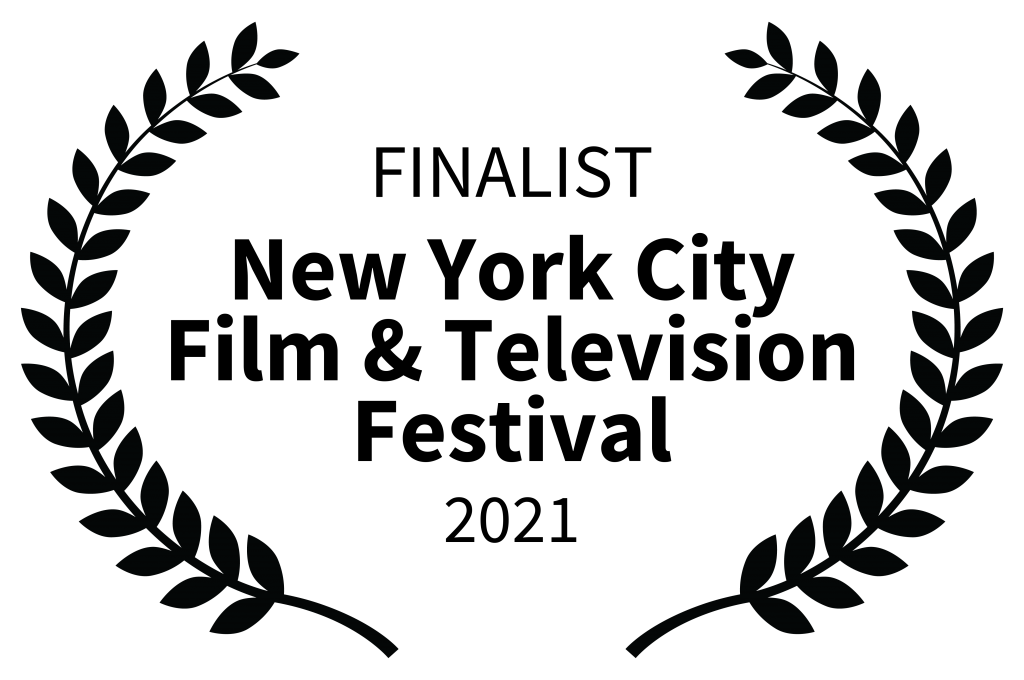
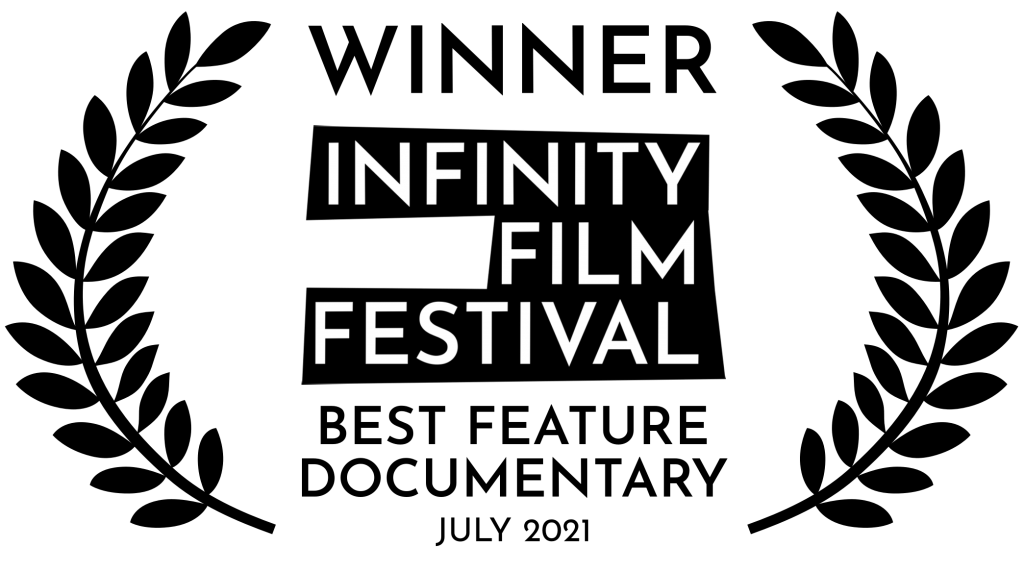

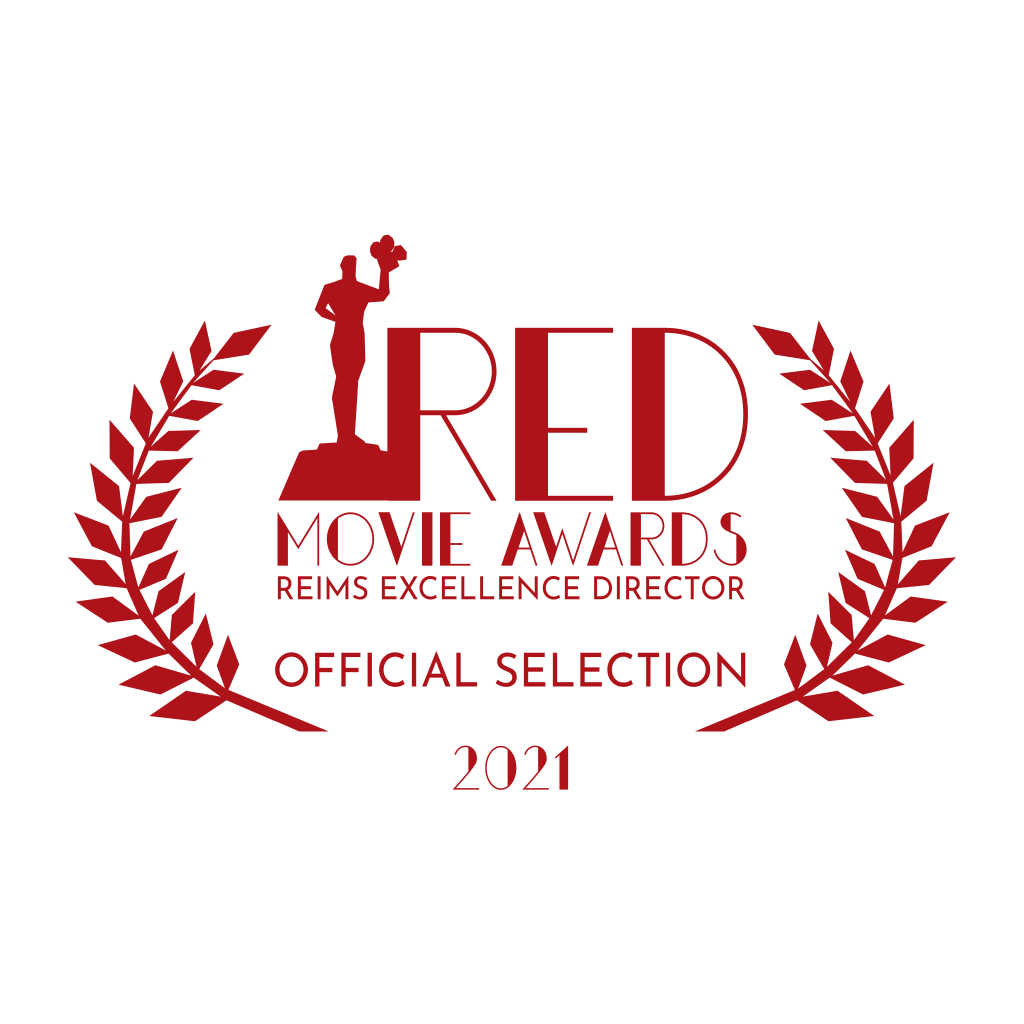
After we repeatedly had to reschedule our meeting (in a cinema setting) due to Covid 19 restrictions, we finally saw the film “An Other City” by Rasmus Waern on March 10, 2022. “We” are a team of urban planners, architects and policy advisors from the municipality of Leiden.
The trailer of the film inspired us – An Other City – Official Trailer – YouTube – to talk about inclusive urbanism in a different way, a reflection on our own experiences based on everything that passed in the film. And although the Swedish government of course does not work exactly the same as the Dutch government, there were many nice comparisons to be made.
We have similar experiences and challenges when it comes to the design and use of public space, and the extent to which traffic can play a dominant role there. And, it is not only a matter of creating sufficient playgrounds but also making “traffic areas” safe, interesting and beautiful for all users and therefore also children.
With design and urban planning we can make people happier, that’s what we aim at, every day. At the same time, the planning process can be erratic and the question is always what degree of control you take or can take as a government. This, of course, depends on the cultural surroundings. And also depends on laws and regulations and the zeitgeist in which urban developments arise. And the extent to which there is the conviction that the private sector can help solve social problems.
In the course of the film, we also taste a plea for government control, and this is once again a very relevant discussion in the Netherlands with the upcoming introduction of a new the Environment and Planning Act.
In its application, we will again ask ourselves how we can best organize governance, how we let go (one of the aims of the new Act is “ja mits”) and at the same time protect the common good. And, what we can expect from real estate developers or better leave to them. In the discussion of this new balance, this film can continue to play a relevant role thanks to the reflections on realized urban developments.
In that respect, the work of Jan Inghe will remain relevant to study. That a well-designed city is about making relevant spaces with intimacy and a sense of collectivity, with integrated nature and plenty of space to play and socialize, creates happy residents is beyond doubt as far as we are concerned. Add to that the climate and heat transition challenges we face and Jan Inghe’s work is once again relevant. Thanks for this beautiful report.
Fiona Belt, Municipality of Leiden, manager Spatial Development team.

